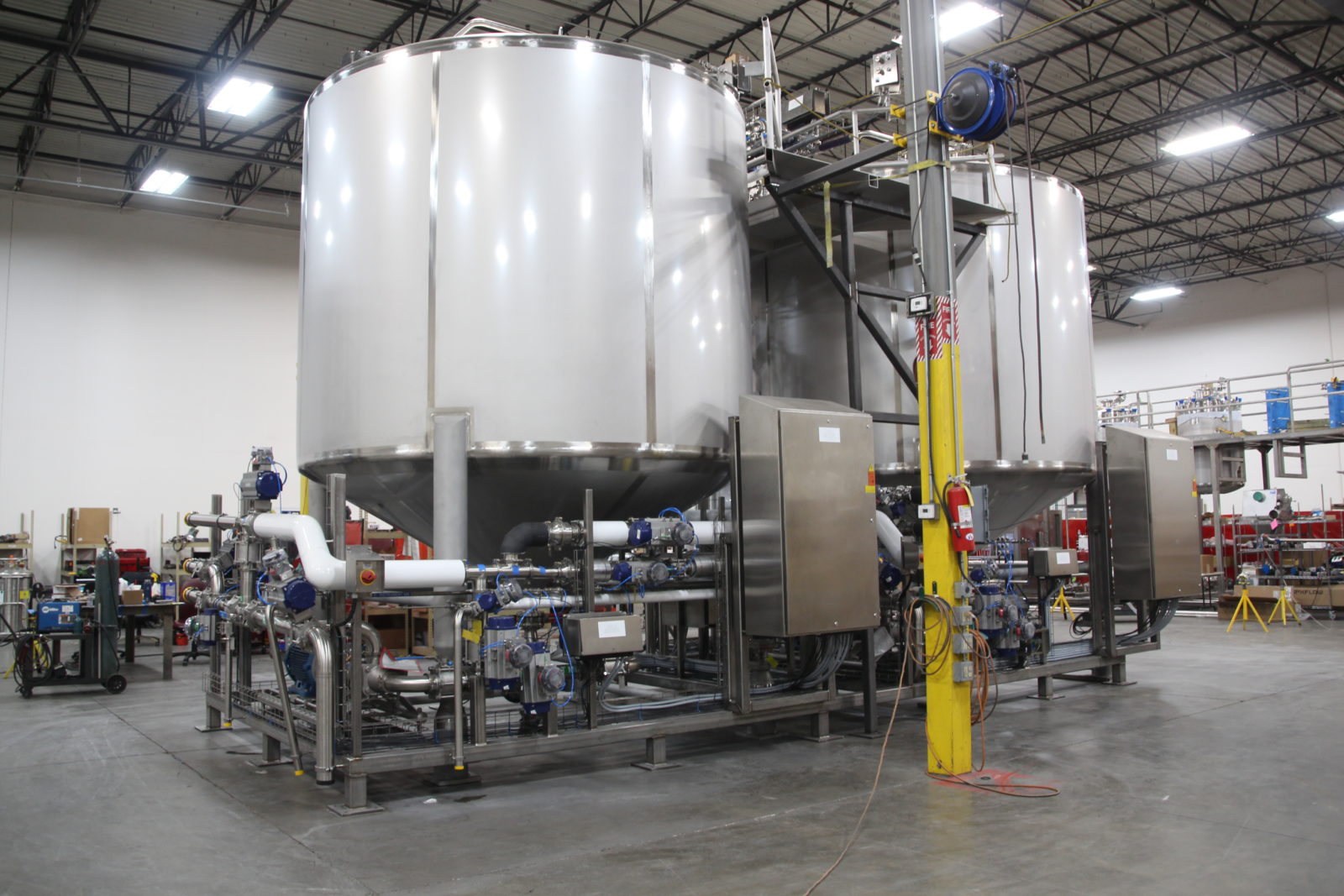The pet food market has seen a remarkable growth in recent years, but one segment stands out: wet pet food. According to Research and Market, the global wet pet food market surged to an estimated value of USD 25.5 billion in 2023, with projections soaring to USD 31.7 billion by 2028. This surge isn’t merely a statistical anomaly, but a reflection of shifting consumer preferences spurred by urbanization and modern lifestyles, particularly prevalent in metropolitan areas. As this industry surges ahead, it encounters its own set of manufacturing challenges, different from its dry counterpart.
To understand the challenges inherent in wet pet food manufacturing, it’s important to know the fundamental differences between wet and dry formulations. Unlike dry pet food, which undergoes a dehydration process to extract moisture, wet pet food maintains its natural moisture content, lending it a palatable texture similar to freshly prepared meals. This crucial distinction leads to a unique set of manufacturing challenges:
#1 Ingredient Stability and Preservation
The high moisture content in wet pet food poses significant challenges in preserving its integrity and preventing microbial growth. Unlike dry pet food, which inherently possesses a longer shelf life due to reduced water activity, maintaining the freshness and stability of wet formulations demands rigorous attention to ingredient quality, processing methods, and packaging techniques. That’s where a Process Systems expert with in-house stainless steel fabrication comes in. Stainless steel tanks provide a robust and reliable solution for ensuring ingredient stability and preservation in process systems. Their inert environment, corrosion resistance, hygienic design, and temperature control capabilities make them indispensable assets in the manufacturing of high-quality wet pet food products.
#2 Consistency in Texture and Appearance
Achieving uniformity in texture and appearance across batches is pivotal for consumer satisfaction and brand loyalty. However, the inherent variability of raw ingredients, coupled with the complex processing techniques involved in wet pet food manufacturing, poses a tough challenge in ensuring consistent quality standards. To ensure uniformity across batches, manufacturers must have the capability to regulate every aspect of production. Expert partners in Industrial Automation, particularly batch control systems, play a pivotal role in this process, offering the ability to integrate a range of batch automation solutions. These solutions include formulation changes and comprehensive recipe management, allowing manufacturers to adjust parameters seamlessly and maintain consistency throughout production cycles.
#3 Packaging Efficiency and Integrity
Packaging plays a pivotal role in preserving the freshness and nutritional integrity of wet pet food. However, packaging formats must strike a delicate balance between convenience, sustainability, and barrier properties to prevent leakage, spoilage, and contamination throughout the product’s shelf life. By collaborating with experts in automated Machine Vision inspection systems, manufacturers can deploy state-of-the-art solutions to optimize packaging efficiency and integrity, reducing waste and mitigating the risk of contamination.
#4 Regulatory Compliance and Safety Standards
As with any consumable product, wet pet food manufacturers must adhere to stringent regulatory guidelines and safety standards to safeguard animal health and consumer well-being. Navigating the complex regulatory landscape, conducting comprehensive risk assessments, and implementing robust quality control measures are paramount to ensure compliance and uphold brand credibility. To achieve that, pet food manufacturers can integrate Machine Vision inspection systems into their manufacturing and packaging processes. These advanced systems provide a multifaceted approach to compliance, addressing various aspects of label verification and product quality control. Through features such as Optical Character Recognition (OCR), label inspection, and track and trace functionalities, Machine Vision systems ensure adherence to regulatory standards at every stage of production.
#5 Cost Optimization
Manufacturing wet pet food can be more expensive than dry food due to the added costs of ingredients, packaging, preservation, and processing. This can be a significant challenge for manufacturers, as they must balance the cost of production with the price that consumers are willing to pay. Robotics offer opportunities to optimize various processes throughout the production line, leading to cost savings in labor, materials, and operational efficiency. By leveraging robotics, manufacturers can also enhance overall operational efficiency, leading to reduced production cycle times and lower energy consumption. Moreover, the implementation of robotics can contribute to a safer working environment by automating hazardous tasks and reducing the risk of workplace accidents.
The rising popularity of wet pet food signifies a promising era of growth within the pet care industry. Yet, to navigate the complexities of manufacturing, securing the right partner is paramount. Partnering with experts like EPIC Systems can be transformative, offering invaluable insights and solutions ranging from ingredient stability to regulatory compliance. As the demand for premium pet nutrition continues to soar globally, aligning with experienced partners paves the way for enhanced efficiency, quality assurance, and ultimately, success in the world of wet pet food manufacturing.
